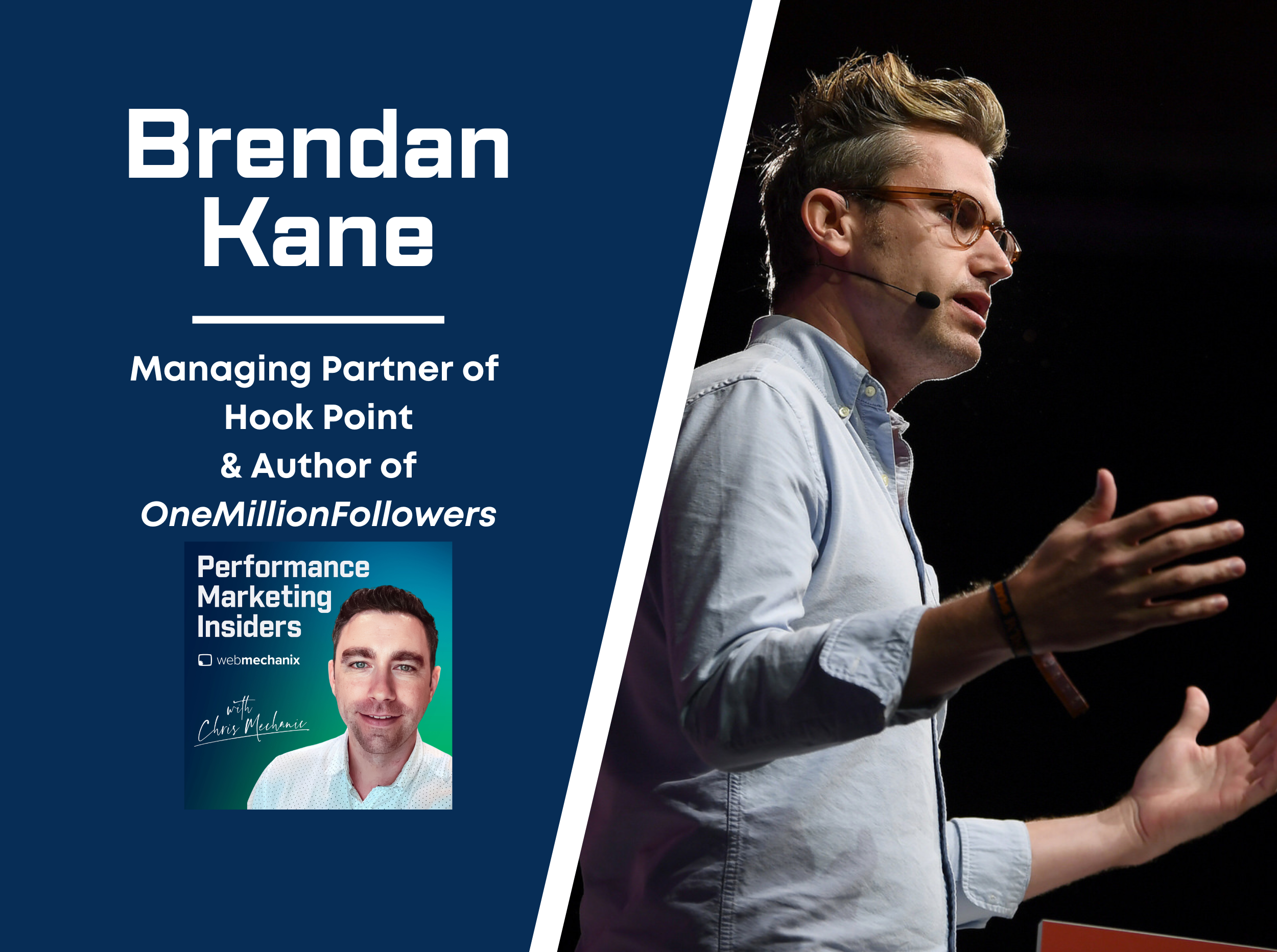
Using Historical Data for More “Accurate” SEO Forecasting
SEO forecasting is difficult to approach because it’s subject to numerous variables. There’s no one-size-fits-all formula for creating SEO projections; every company is unique, with distinct factors impacting growth.
At best, SEO forecasting should be used for expectation setting. I can not stress this enough! We’ll be discussing how to improve forecasting accuracy, but please note that I’m using that word loosely.
SEO Maturity
SEO “maturity” — your Domain authority, current organic traffic, current keyword rankings in the top 100, current backlink profile, current SEO investment, industry competition, and the specifics of your B2B or B2C SaaS — markets all play a significant role in shaping SEO projections and performance and setting expectations.
To try and forecast SEO performance as “accurately” as possible, it’s best to use the data you have at your disposal. Analyze your historical impressions, clicks, and organic sessions to determine what your past growth rates have been. Then, taking into consideration how much you’re investing in SEO and when those efforts are likely to produce an impact, you can try to estimate a realistic projected growth rate.
Once you’re looking at your data, you might see that your organic growth has more peaks and valleys than a mountain range, but that’s exactly what gives us the insights we need to forecast more “accurately”.
This data helps us craft scenarios that are grounded in reality, not just pure educated guesses.
The importance of SEO reforecasting
We know from the Yandex leaks and from SEMRush’s 2024 ranking factor report that (frustratingly) the better your current SEO performance is, the more successful your SEO efforts are.
Yes, you read that right —your future SEO success is highly correlated to the success of your current and previous SEO efforts.
(This is your reminder to both (1) give thanks to those old, TOF blogs that drive stupid amounts of traffic, but don’t convert and (2) not to blow your whole content budget on TOF posts that might drive traffic, but won’t convert…😅)
But, seriously, that’s why SEO reforecasting is so important if you’re using it to help set expectations for leadership.
It’s also important to provide that context when you’re reporting on SEO. Even if you’re saying something as simple as:
“These projections are based on the best data available at the moment. As we continue to work on SEO, and are able to see what performance looks like pre-and-post SEO investment, we will reforecast.”
This helps to educate the powers-that-be on just how different forecasting is for SEO vs other marketing channels that are more straightforward, like Paid Search and Paid Social.
An SEO forecasting template to track historical data
The first step towards more accurate forecasting is actually creating a place to track your historical data and calculate average growth rates and projected growth rates. It’s best to do this in a Google Sheet, or in Excel.
If you’re dreading having to set that up — good news! It’s already been done for you. Feel free to use this SEO forecasting template to track your actuals, and calculate growth rate projections and historical MoM growth rates.
Book a 30 minute call
Reserve 30 minutes with a strategist and get 30 hours worth of value.
Growth rates should be based on impressions for websites with very low SEO maturity, and for net new content.
If you have low SEO maturity and you’re calculating organic growth rates, it’s smart to base it off an expected increase in impressions, not sessions (that’s how this template is set up — but it can be easily updated)
Impression growth is the metric SEOs have the most control over at the beginning of an engagement when we’re trying to get ourselves ranking from nothing to something.
When we’re optimizing content, or updating meta-data we’re really attempting to increase our visibility on the SERP through an increase in keyword rankings. If you’re moving content into the top 100, but not yet to the first page, then you’re likely not going to see a direct impact in clicks/sessions. You can use rankings and impression increase for target keywords as a measure of success in the meantime.
Growth rates should be based on clicks/sessions for websites with more mature SEO, and for optimizing tipping point content
It isn’t until we’re approaching medium-to-high SEO maturity, where we’re optimizing pages that are already in “tipping-point” positions and we’re moving keywords into the top five spots (vs. into the top 100) that we’ll start to see a significant increase in organic clicks and organic sessions.
At this point, it can be a good idea to look at projected impression growth for net new content, and click/session growth for existing content.
Note: Content that ranks immediately in the top three spots for a keyword that you had previously had no visibility for is like a TikTok that’s gone viral. It’s amazing when it happens, and good SEOs should always keep a lookout for opportunities, but it’s not typically the norm.
A few other things to note about this SEO forecasting template:
- Pull your impressions and clicks from Google Search Console
- Pull sessions from GA4 with a filter of “Session Medium exactly matches Organic”
- You can update it so calculate growth rates for sessions vs. impressions
Keep in mind that there are other things (brand awareness, stage of SEO maturity, the can impact some of the rates over time (impression to click rate, click to session rate, MQL to SAL rate, etc.) That’s why context is everything in SEO reporting.
SEO forecasting isn’t a perfect science — by any means
SEO projections are just that; projections – and should be used as a pulse check on what to potentially expect. With the right information and a solid understanding of your past performance and current standing, you can make educated predictions that will help guide your strategy. Remember to use the historical data at your disposal, adjust expectations based on your SEO maturity, and continuously reforecast as you gain new insights. By doing so, you’ll be in a much better position to make informed decisions that can lead to significant improvements in your SEO performance over time.
Most newsletters suck...
So while we technically have to call this a daily newsletter so people know what it is, it's anything but.
You won't find any 'industry standards' or 'guru best practices' here - only the real stuff that actually moves the needle.







